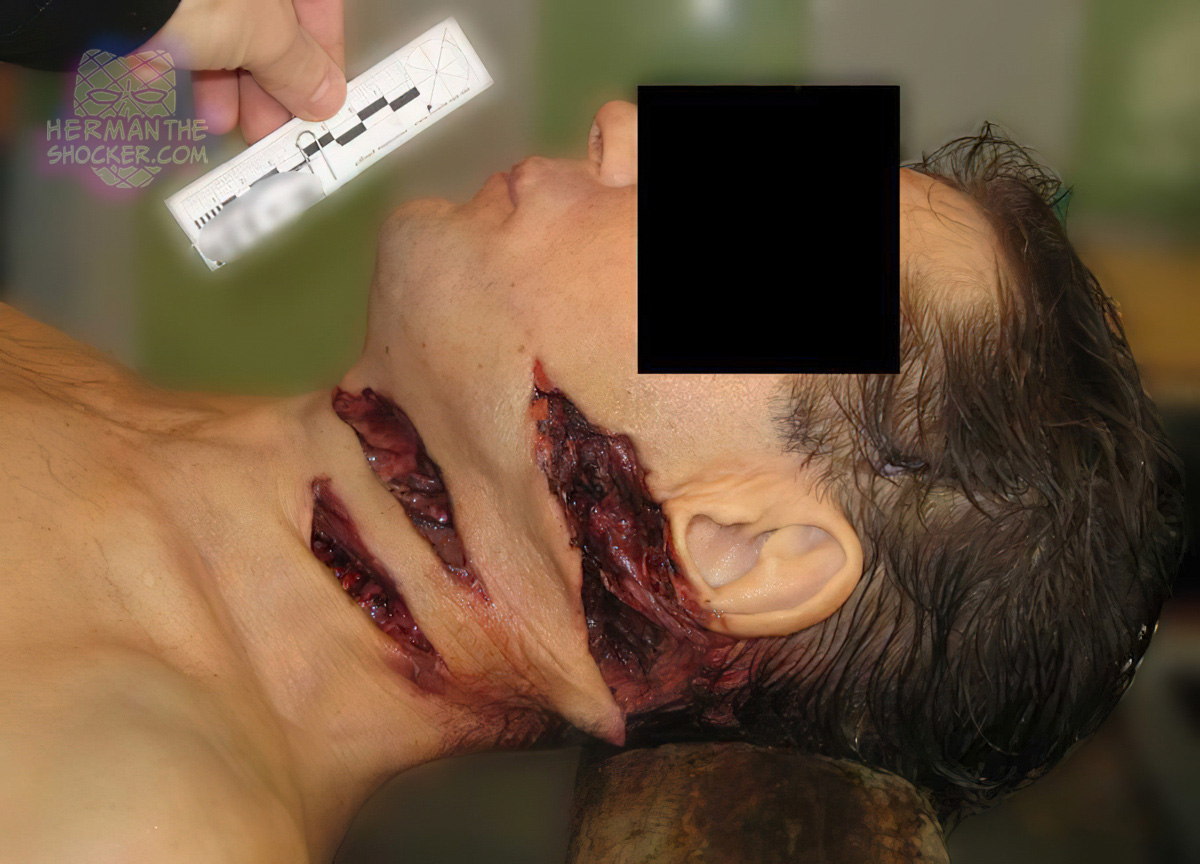This man has fatal neck wounds from an axe. Chopping wounds are caused by heavy, sharp-edged instruments like axes, machetes, or cleavers. These wounds combine characteristics of incised and blunt-force trauma, typically resulting in deep cuts with underlying bone or tissue damage. Edges of chopping wounds are usually clean but may show abrasions or bruising due to the force of impact. Depth and severity depend on the implement used and the force applied. Such wounds are often associated with defense injuries on hands or arms when a victim tries to shield themselves. Proper forensic analysis helps identify the weapon, direction, and circumstances of the injury, aiding in investigations.
Latest posts

A 42-year-old woman was discovered dead, the body was covered with fungal plaques. She had been leading a…







